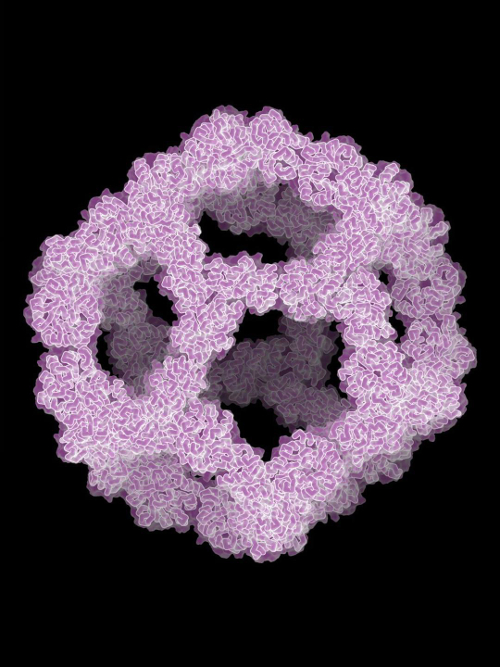Cell tagging advanced
 Engineers have come up with a way to tag and observe individual proteins within cells.
Engineers have come up with a way to tag and observe individual proteins within cells.
Researchers have developed a groundbreaking method called “visual proteomics Cells” or ‘vpCells’, enabling the simultaneous labelling of multiple proteins within living cells using fluorescent colours.
This innovation overcomes long standing limitations in cellular biology and drug discovery research, offering new pathways for understanding protein functions and interactions in real-time.
The vpCells method allows for the tagging of proteins with fluorescent markers while maintaining the proteins' natural regulatory mechanisms.
This technique is powered by a combination of CRISPR/Cas9 gene-editing and a multiplex approach, enabling the visualisation of proteins without compromising cellular integrity.
The research team has already enhanced its vpCells technology by creating a genome-wide library to tag any protein with fluorescent markers systematically.
This library facilitates a comprehensive exploration of protein functions across the human genome.
The method allows the use of five different fluorescent colours.
This colour coding allows researchers to track multiple proteins simultaneously within a single cell, significantly enhancing the visual analysis of protein interactions and movements.
The technology has been proven effective in several significant applications.
Over 4,500 cell lines have been developed, acting as reporters for more than 1,100 proteins. These lines serve as training models for AI algorithms, aiding in the rapid and accurate identification of protein locations and states.
The vpCells method has also been utilised to examine the impacts of over 1,000 small-molecule substances on 61 cancer-relevant proteins.
This study has identified 44 substances that alter protein quantities or localisations, including a notable inhibitor affecting protein transport from the nucleus, similar to treatments used in multiple myeloma therapies.
The details and imagery from these experiments are available on the vpCells database (vpcells.cemm.at).








 Print
Print